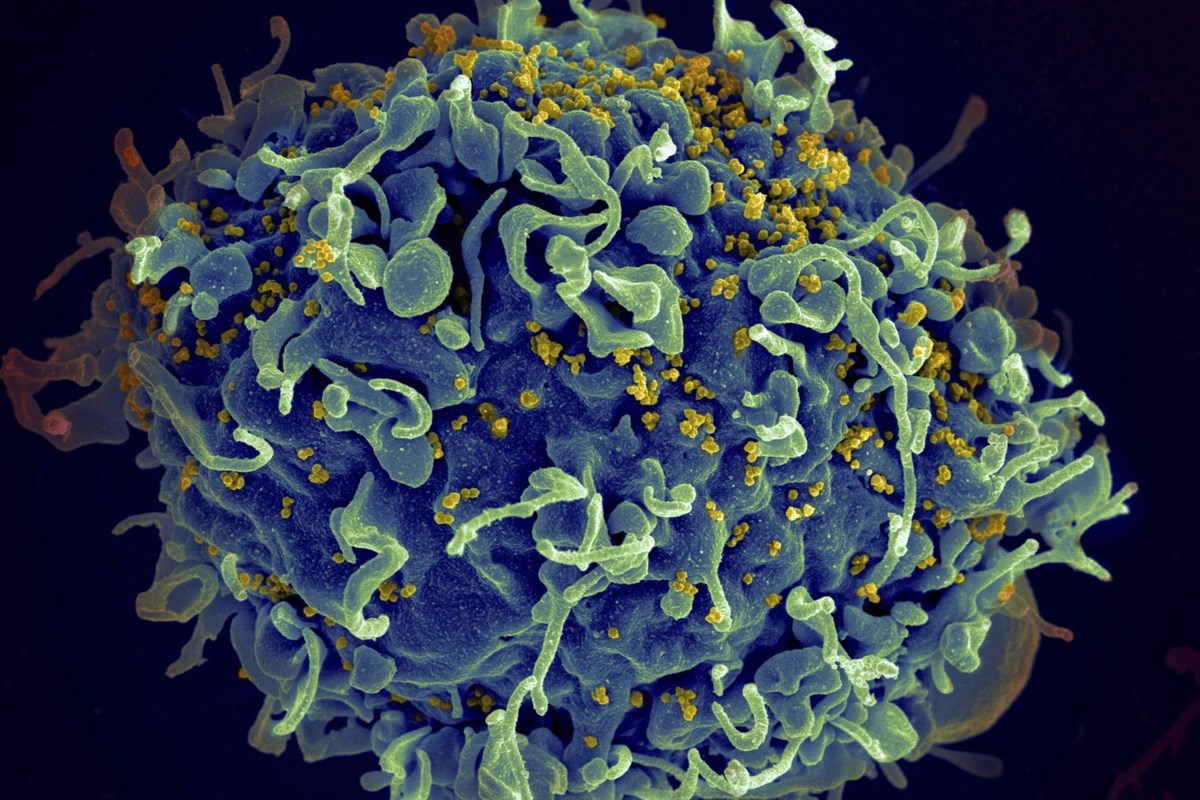Microplastics Found in Human Reproductive Fluids Raise Alarm

Did you know that tiny plastic particles, invisible to the naked eye, are lurking in the most intimate parts of our bodies? Researchers have discovered microplastics in human semen and ovarian follicular fluid, raising serious questions about their effects on reproductive health.
This alarming revelation comes from a study led by Dr. Emilio Gómez-Sánchez, who stated, “This is not an isolated finding – it appears to be quite common.” Microplastics, the remnants of plastic products that have broken down over time, are being found everywhere—from oceans to food, and now, alarmingly, in human bodily fluids.
The study, published in the journal Human Reproduction, has not yet undergone peer review, but it analyzed samples from 25 women and 18 men. The results were startling: microplastics were detected in 69% of follicular fluid samples and 55% of seminal fluid samples. It’s a stark reminder of just how pervasive plastic pollution has become.
Microplastics enter the human body through various means, such as ingestion, inhalation, and even skin contact. Once inside, these tiny particles can travel through the bloodstream, infiltrating various organs—including those responsible for reproduction.
In this study, researchers identified nine different types of microplastics in the reproductive fluids examined. This raises a crucial question: why should we be worried about these microscopic intruders? The chemicals used in plastic production can leach out, potentially posing health risks, particularly in relation to fertility and reproductive health.
The findings showed that polyamide, polyurethane, and polyethylene were present in over 50% of follicular fluid samples, while polytetrafluoroethylene and polyethylene terephthalate were found in over 30%. Yet, Dr. Gómez-Sánchez cautioned, “We don’t know if they have a direct effect on the capacity of a couple to conceive and carry a baby to term.”
Most existing research on microplastic exposure has focused on animal models, leaving a gap in our understanding of their effects on human health. This study highlights the urgent need for further investigation into how these pollutants affect reproductive health in both men and women.
So, what can be done? Dr. Gómez-Sánchez hopes that these findings will encourage more funding and research dedicated to understanding the impact of microplastics on human reproduction and overall health. Meanwhile, individuals can take steps to minimize their plastic usage—switching to reusable glass, metal, or bamboo containers is a start.
As Gómez-Sánchez pointed out, “Reproduction is a complex equation, and microplastics are a variable in this equation.” The implications of these findings could be far-reaching, potentially influencing future generations. This is a wake-up call—let’s pay attention before it’s too late.


























